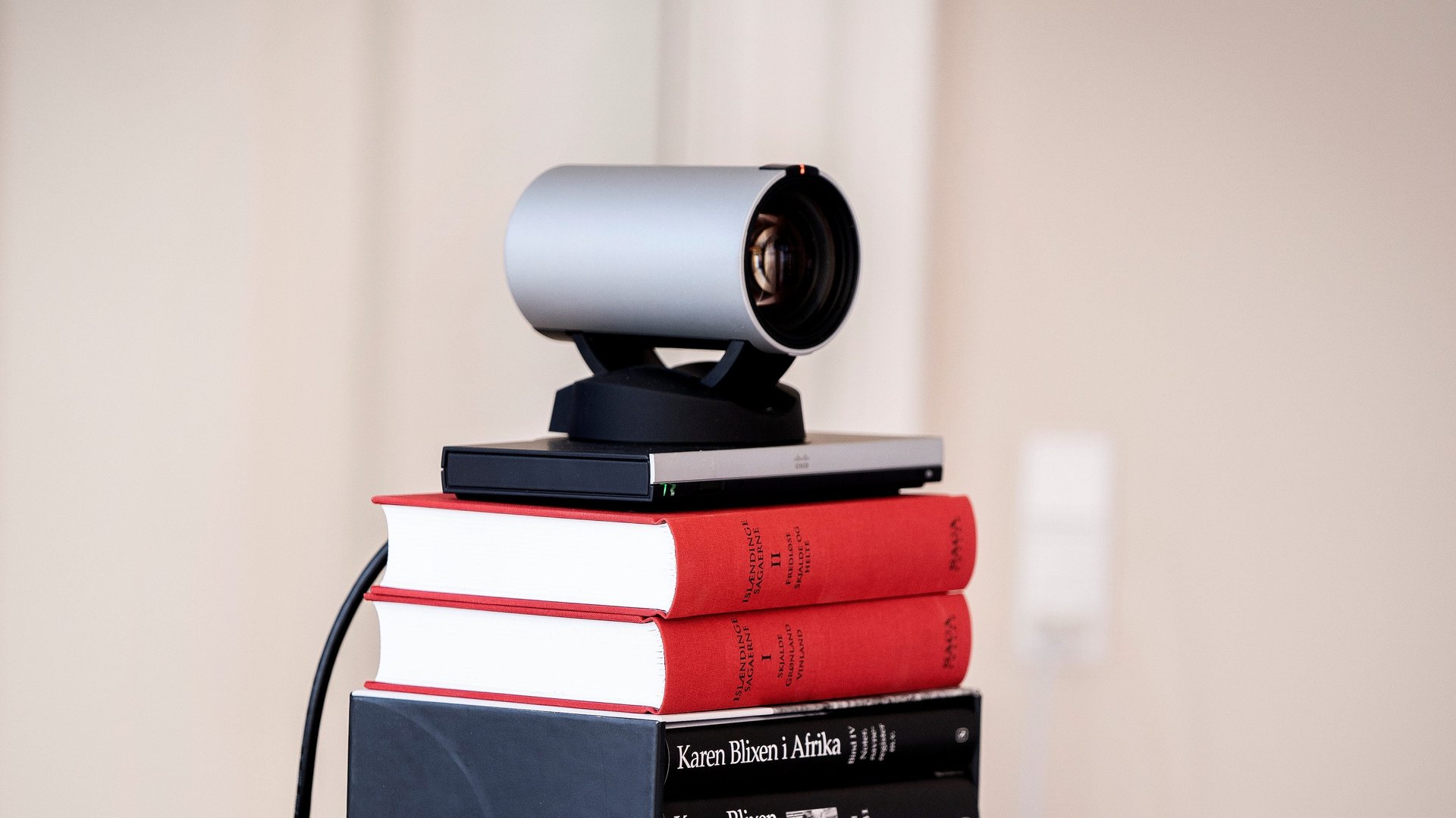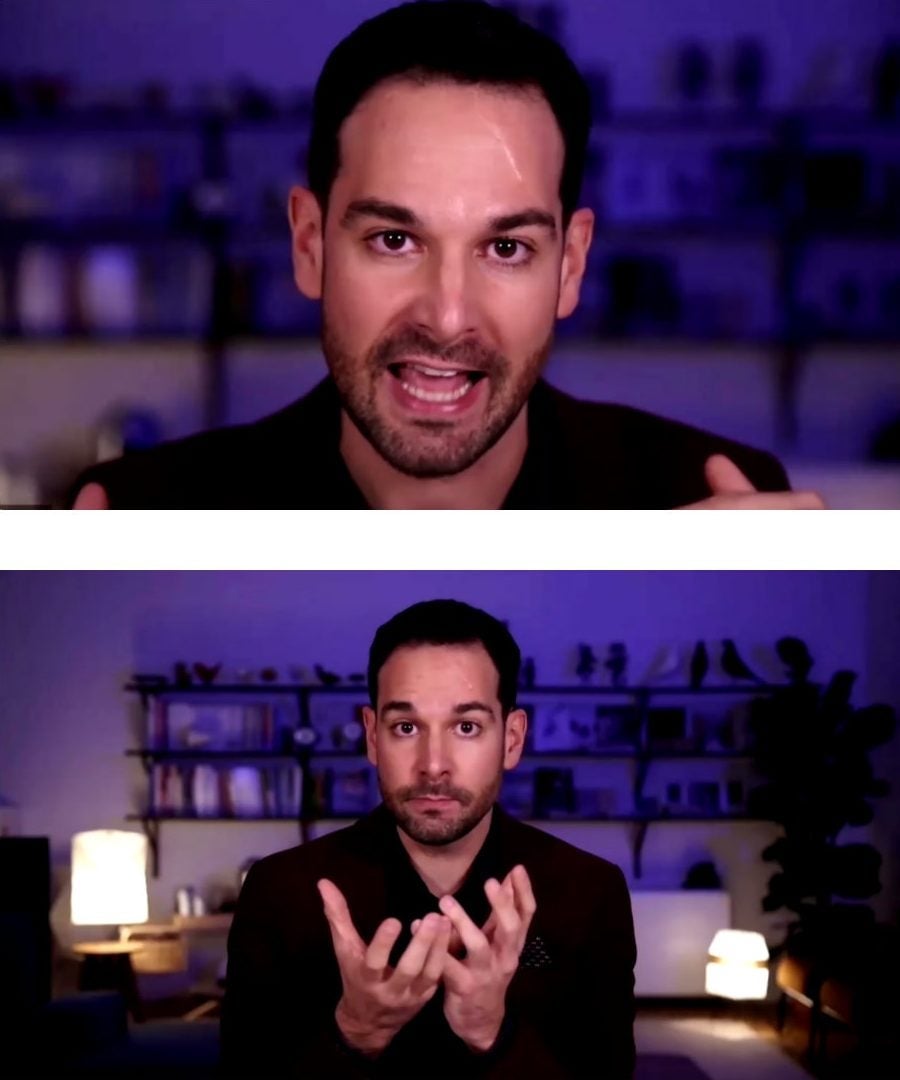The secret to better Zoom calls is zooming out
Magicians, it turns out, are untapped experts at virtual communication. French mentalist Rémi Larousse revealed at a recent appearance how sleight of hand artists are founts of knowledge when it comes to planning effective video calls. The trick: pay attention to body language.


Magicians, it turns out, are untapped experts at virtual communication. French mentalist Rémi Larousse revealed at a recent appearance how sleight of hand artists are founts of knowledge when it comes to planning effective video calls. The trick: pay attention to body language.
“Contrary to popular belief, the study of facial expressions is not a reliable method for perceiving a person’s emotional state,” said Larousse at the Vitra Summit, a design conference convened by the Swiss furniture manufacturer. In between the razzle-dazzle of his card tricks and puzzles, he explained why it’s crucial to read the audience’s posture, hand positions, and gestures when delivering a presentation.

Citing the research of Stanford University professor Jeremy Bailenson, Larousse explained that we now expend a lot of energy and attention in looking for non-verbal cues in the artificial environments of video calls. Body language is something the brain naturally perceives during in-person encounters.
One way to ease this cognitive load is to literally zoom out, says Larousse. This requires sitting or standing farther away from your computer screen so you’re showing your upper body to the audience. In effect, you’re shifting from a close-up to a medium shot, to use movie-making parlance. “Make sure you’re not a floating talking head on the screen,” explained Larousse. “Make sure that your hands are visible because they convey a lot in terms of body language.”
Sitting back also allays the forced intimacy of video calls too, said Larousse, alluding to the realms of personal space mapped by cultural anthropologist Edward T. Hall in the 1960s. “Being on a video conference is like having a conversation with a person sitting 2.5 ft away from you. This distance is typically reserved for close relations like our partners, family, and close friends, and not for our bosses or clients,” he said.
Thinking like an illusionist can also help us manage time strategically. ”Every beat of the audience’s attention should be where I want it to be,” Larousse said, explaining a principle in the art of misdirection he calls “on and off beat” moments. The brain tends to remember “on beat” events—or dramatic high points—that a magician calls attention to. They perform sleight of hand maneuvers during “off beat” moments the exhausted brain somehow doesn’t register.
Understanding the peaks and valleys of mental energy, Larousse says it’s best to deliver an important point at a juncture when most are ready to give their full attention. After a period of intense focus, he says it’s important to the brain a rest with lighter cognitive tasks. This can be done by pausing for quiet thinking time or inviting a brief round of questions.